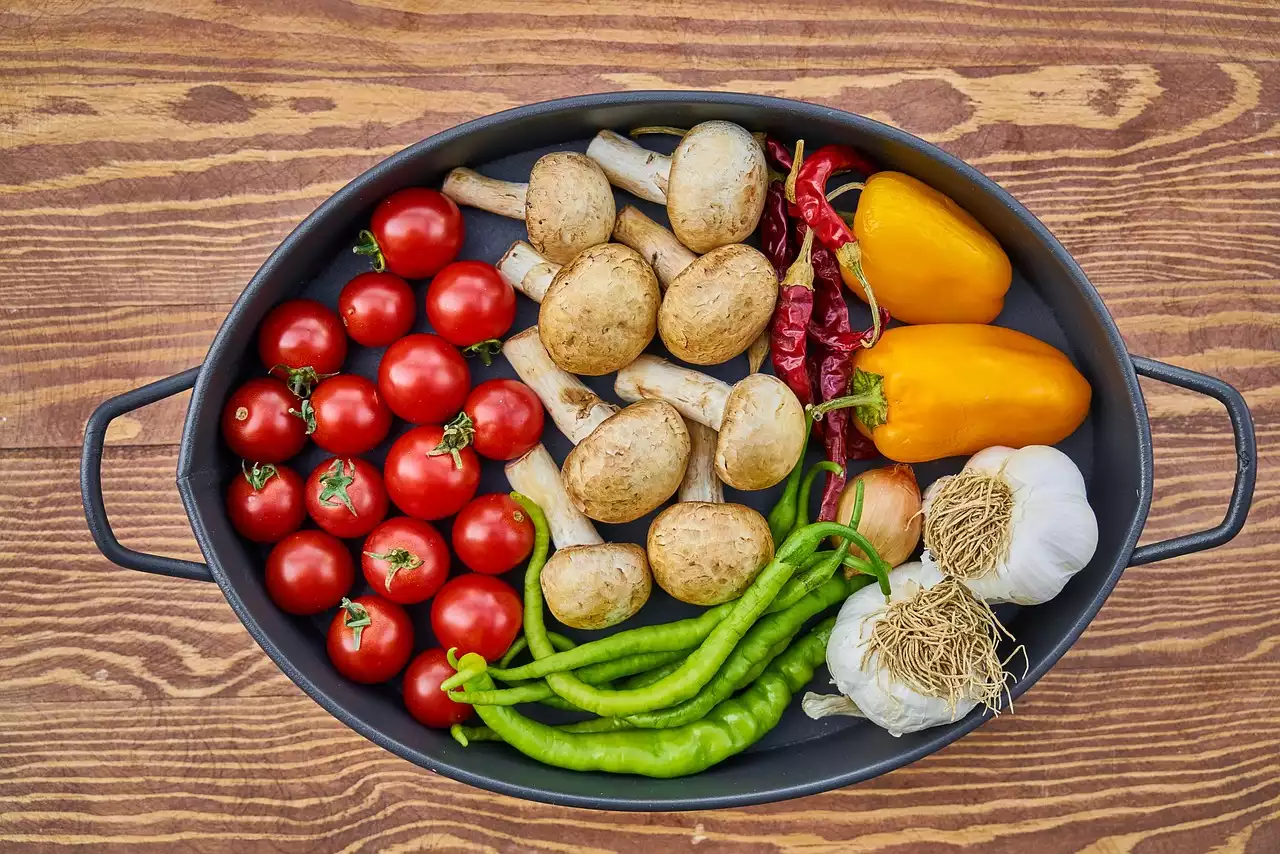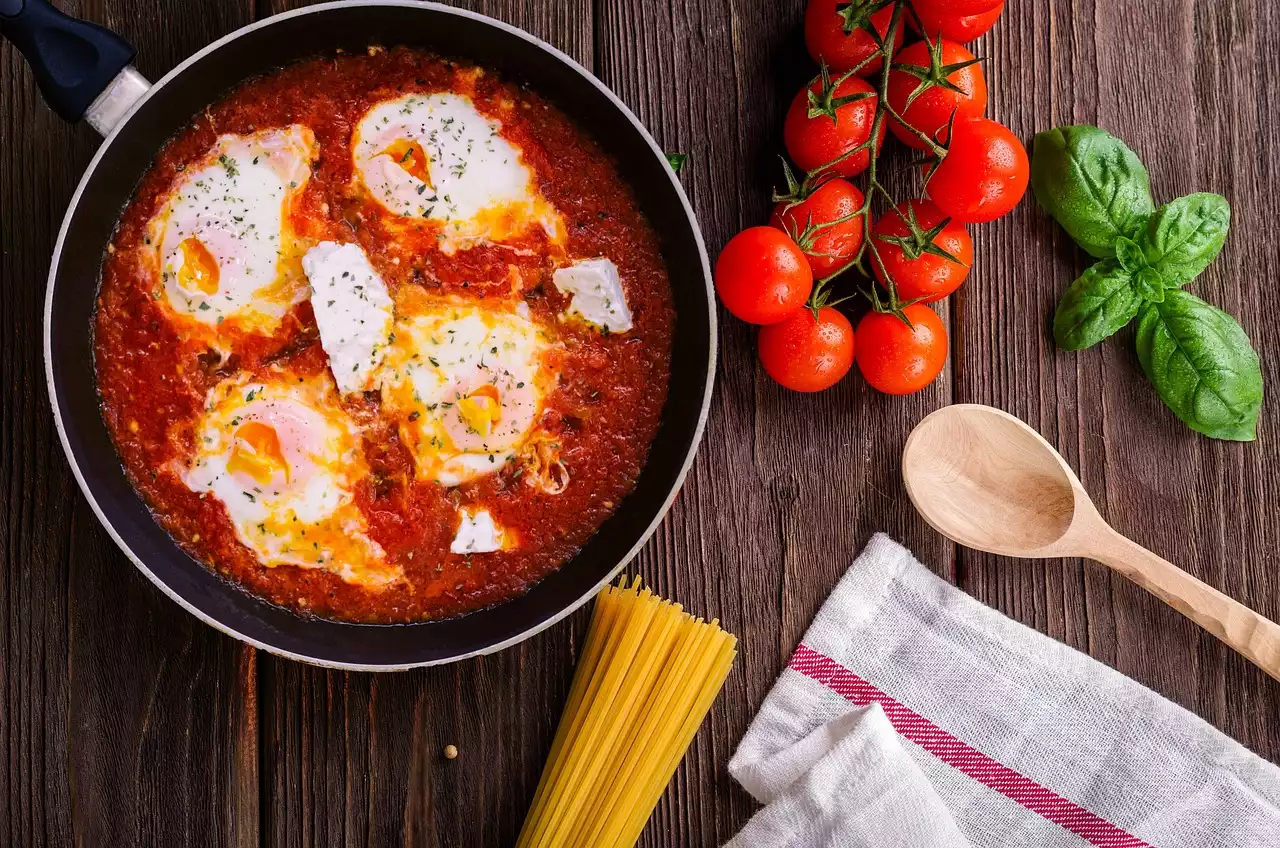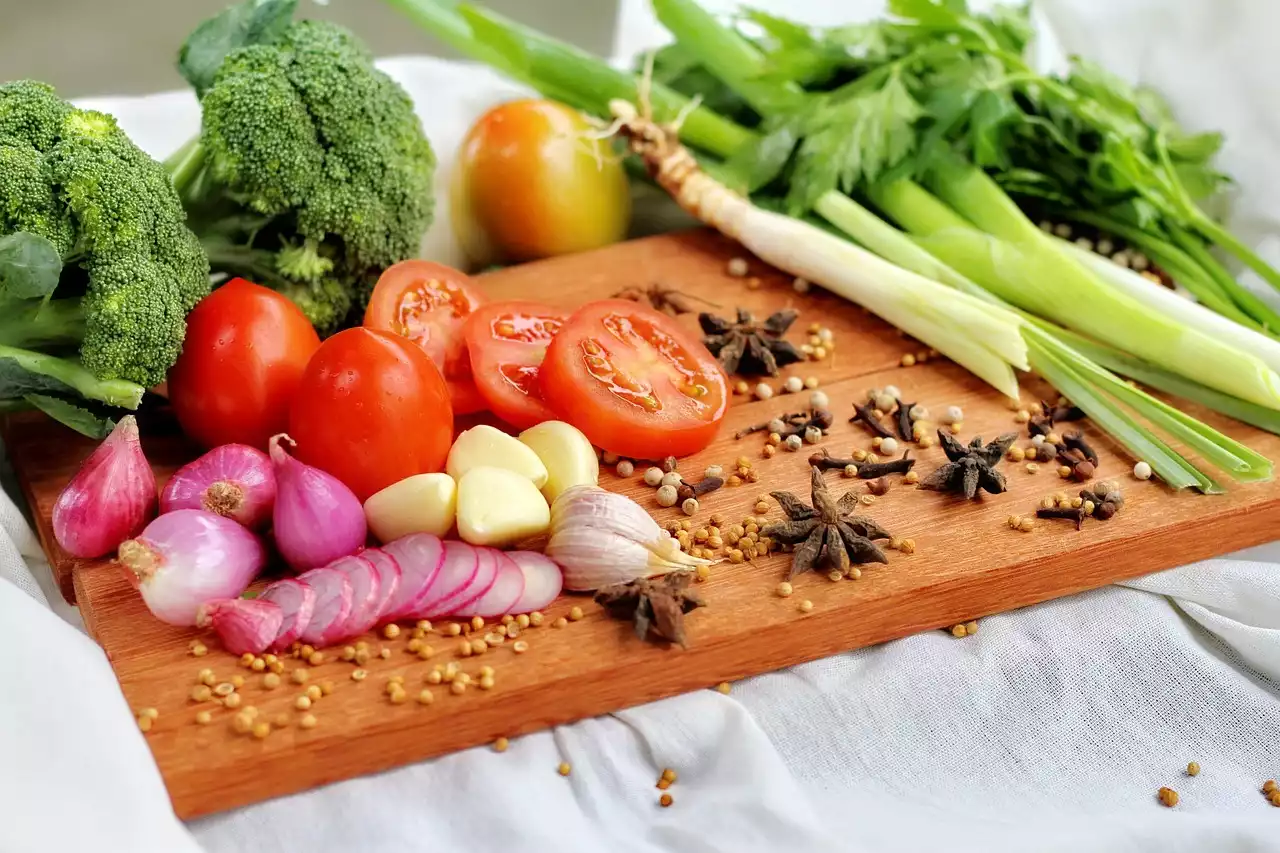Benefits of a Vegetarian Diet
There are numerous benefits to following a vegetarian diet. One of the most significant benefits is the reduction of the risk of heart disease. Studies have shown that vegetarians have a lower risk of developing cardiovascular disease due to their lower intake of saturated fats and cholesterol. Additionally, a vegetarian diet has been linked to a lower risk of developing type 2 diabetes. This is due to the high fiber content of plant-based foods, which helps regulate blood sugar levels. Vegetarianism has also been linked to a lower risk of certain types of cancer, such as colon and breast cancer.
Another notable benefit of a vegetarian diet is its positive impact on the environment. The meat industry is responsible for a significant amount of greenhouse gas emissions, deforestation, and water pollution. By choosing to follow a vegetarian diet, you can significantly reduce your carbon footprint and help protect our planet.
Finally, following a vegetarian diet is a more ethical way of eating. The meat industry is responsible for the mistreatment of animals on a massive scale. By choosing not to contribute to this industry, you are helping to reduce animal cruelty.
Meal Ideas and Techniques
Now that we have explored the benefits of a vegetarian diet, let's dive into some meal ideas and techniques to help you master the art of vegetarian cuisine.
Hearty Soups and Stews
Soups and stews are a great way to incorporate a variety of vegetables into your diet. They are also perfect for meal prep as they can be made in large batches and frozen for later use. To make a hearty vegetarian soup or stew, start by sautéing onions and garlic in a large pot. Add your choice of vegetables such as carrots, celery, sweet potatoes, and mushrooms. Pour in vegetable broth and let simmer for 30-40 minutes until the vegetables are tender. For added protein, you can add lentils, chickpeas, or beans. Season with herbs and spices such as thyme, rosemary, and cumin for added flavor.
Creative Salads
Salads are a healthy and refreshing way to enjoy a variety of vegetables. To make a creative and satisfying salad, start with a bed of greens such as spinach or kale. Add a variety of chopped vegetables such as cucumbers, tomatoes, and peppers. For added protein, you can add tofu, tempeh, or nuts. For added flavor, add dried fruit such as cranberries or raisins and a dressing of your choice. Balsamic vinaigrette, honey mustard, and tahini dressing are all great options.
Flavorful Sandwiches
Sandwiches are a quick and easy way to enjoy a variety of flavors and textures. To make a flavorful vegetarian sandwich, start with a hearty bread such as sourdough or whole-grain. Add your choice of vegetables such as avocado, lettuce, and tomato. For added protein, you can add hummus, tempeh, or tofu. For added flavor, add condiments such as mustard, pesto, or hummus.
Grilled Vegetables
Grilling vegetables is a great way to add smoky and savory flavors to your meals. To make grilled vegetables, start by slicing your choice of vegetables such as zucchini, eggplant, and bell peppers. Brush with olive oil and season with salt and pepper. Grill for 5-7 minutes on each side until tender and slightly charred. Grilled vegetables can be enjoyed as a side dish or added to salads and sandwiches for added flavor and texture.
Meat Substitutes
There are many meat substitutes available on the market today, such as tofu, tempeh, and seitan. These meat substitutes can be used in a variety of dishes, such as stir-fries, tacos, and burgers. Tofu is a versatile ingredient that can be marinated and grilled or added to soups and stews. Tempeh is a fermented soybean product that has a nutty and slightly sour flavor. Seitan is a protein-rich meat substitute made from wheat gluten.







